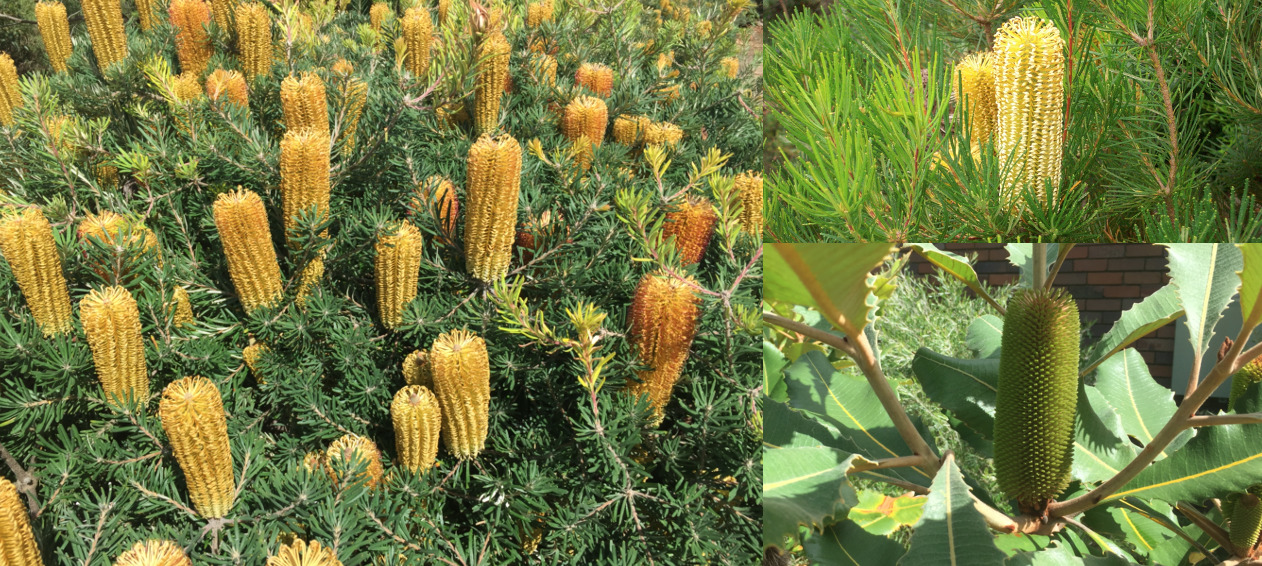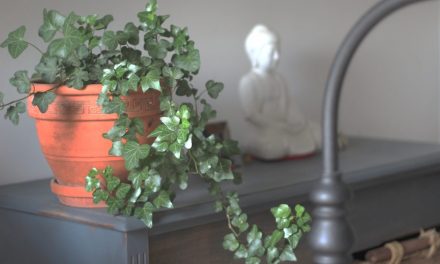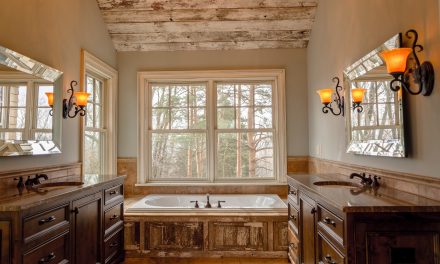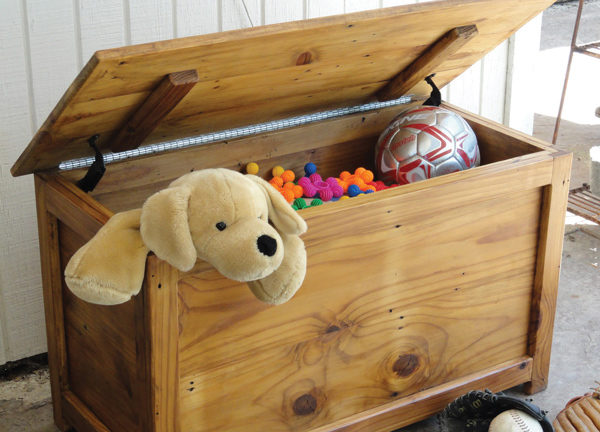Brian Roach
Once widely known as ‘Wallum’ prior to European settlement, our magnificent banksias range across this vast land of ours. The genus contains around 75 different species and is part of the Proteaceae family which includes grevilleas and waratahs. Many of our striking banksias come from the west, but we do have some really great ones on the eastern side of the country.
Undoubtedly the best known of our eastern banksias owes its notoriety to the story by May Gibbs about the Big Bad Banksia Man, Banksia serrata. I still remember being a bit frightened as a kid by that scary old bloke! But over the years I’ve come to love that ‘Old Man Banksia.’ It’s a prolific plant through our local bushland and like all banksias, it has an amazing capacity for survival and reproduction. The spent flower-heads or cones are retained on the bush with many containing unopened follicles just waiting to burst open and release its seed after a bushfire. Some old cones will have no follicles while the next one will have plenty. It all depends on which of the tiny, individual flowers that make up a fresh cone have been pollinated. Not only do the follicles need extreme heat to open but many species also need following rain as a further stimulus.
Another wonderful local banksia is Banksia robur, the ‘Swamp Banksia.’ Although it thrives in wet ground, it does not demand that condition to do well in the garden and while Banksia serrata grows to a small tree of 5m, Banksia robur is more suitable for the garden in growing to around 2m. Another excellent local banksia for the garden is Banksia spinulosa. It also only grows to around 2m and in early autumn it is stunning with orange or yellow cones. A dwarf form of this plant is often sold under the name of ‘Birthday Candles.’
I simply have to mention a very special banksia that not many people know about. It is highly endangered in the wild with only a few plants left where it grows on the shores of Jervis Bay. A few enthusiasts are keenly propagating Banksia vincentia with the aim of building up the numbers in the wild. Some have even crept into home gardens. I was at the home of one such enthusiast at Milton on the South Coast in late March and took a couple of photos of the collection there – beautiful! To discover more, visit: www.abc.net.au/news/2020- 05-28/push-to-save-banksia-vincentiafrom-extinction/12292550












